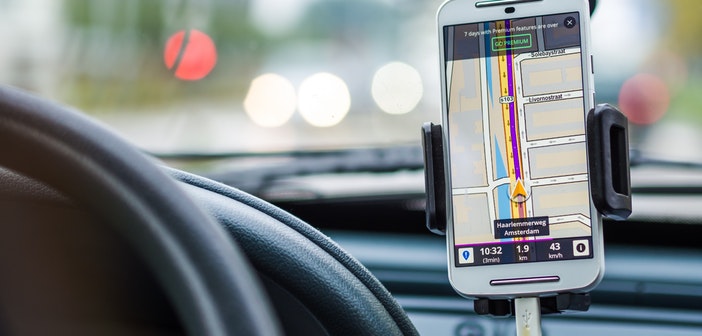You have surely heard of ridesharing platforms such as Uber and Lyft, and you are probably also to some extent familiar with their business model: use local drivers to provide a door-to-door pick up and drop-off service to the public in cities around the world. Both are application based platforms that use surge pricing to increase and reduce prices depending on the supply and demand at a given time.
Also, instead of employing drivers and purchasing a fleet of vehicles, both follow the peer-to-peer principle of providing a platform that brings car owners together with riders. It would be easy to think that there is no alternative to this way of operating, yet around the globe there are numerous platforms doing just this. In this blog you can find some of the apps that are offering an alternative to the traditional ridesharing system.
Wingz challenges the traditional model on a number of levels. Firstly, they have done away with any dynamic pricing algorithm and just offer flat prices. This replaces uncertainty about the timing of a journey with the security of knowing that you have the best/only price for the trip. Secondly, the service is available to everyone and not just the tech savvy as in addition to the standard app and website, the option of simply calling up and booking your ride is still possible. And finally, Wingz allows you to pick your driver and build a rapport with your chauffeur.
Interestingly, Wingz has been around since the birth of ridesharing, initially operating purely as an airport pick-up and drop-off service. Since then they have grown their service to include other pick-up and drop-off services. Sadly, Wingz is limited to the US market, only operating in 30 cities mainly in the south west and trips need to be booked at least 30 minutes ahead. So, for the spontaneous, this could be a little difficult.
BlaBlaCar moves completely away from a ride-hailing system and functions as a carpooling platform. Drivers enter their planned trip into the system along with the date and set a price per seat that they wish to earn, the system helps by recommending the current going price for the journey. You can then search for a journey and message the driver directly and negotiate on the price. What makes BlaBlaCar unconventional is you are really just making a contribution to the cost of a trip that someone was going to make anyways.
You will find BlaBlaCar in 21 countries mainly across Europe.
Hitch is much like BlaBlaCar but only available in Texas. What makes them interesting is that they operate what they call a “City-to-City” service between the “Texas Triangle” of the cities of Austin, Dallas and Houston. Rather than being able to choose your pick-up and drop-off locations (like other apps), you will need to select one of their set locations (predominantly coffee shops and universities), it is then your own responsibility to get yourself to the pick-up location. Put simply, this is not a door-to-door rideshare model.
The founders of inDriver wanted to compete against price hiking by Taxi companies during peak periods in Russia. So, they created their own platform which moves completely away from surge and flat pricing systems and allows you to suggest the price for the trip that suits you. This barter like model is what the company refers to as “real-time-deals” and promises to keep the price down as riders and drivers can negotiate themselves.
InDriver is available in more than 31 countries across the globe including Russia, Brazil and South Africa and has over 47 million users in over 300 cities.
Careem’s basic model is not too dissimilar to the traditional concept: they use surcharge pricing at peak times and offer a door-to-door service within cities. Where they are different is their package options, particularly by buying a bundle of kilometers at a discount. In other words, you select the routes you will normally use and in the payment options purchase your kilometers in bulk at a substantially lower price.
Careem runs its platform in 14 different countries around the Middle East with over a million “Captains” more commonly known as drivers.
So, these are some of the interesting alternatives to the more traditional ridesharing options. I am sure that there are plenty more interesting and innovative services out there. It is fascinating to see that there are other options to the status quo and that different business models can survive in the peer-to-peer scheme no matter where they are in the world.
Thanks for reading!
Photo from Pixabay.



